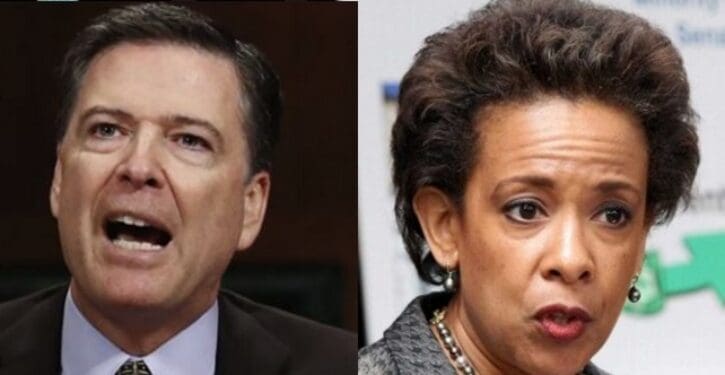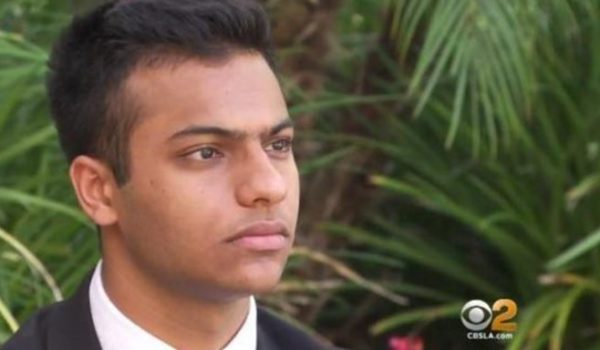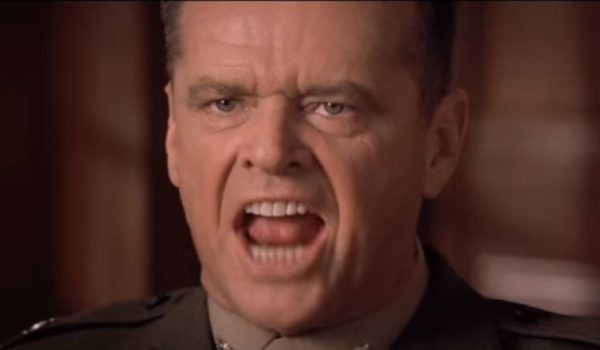
If you don’t recognize that the media themes of the left are intended to shape government policy – typically by creating a sense of “crisis” that trumps concern for government limits and constitutionalism – here is another example.
Most people probably remember the theme of “fake news” building to a crescendo after the 2016 election. But the theme was effectively introduced a few weeks before Election Day, on 20 October 2016, when BuzzFeed published a widely-cited post on “hyperpartisan Facebook pages” pushing misleading stories. (BuzzFeed had announced a new focus on combating “hoax stories” in the media a few months before, but the news of that effort didn’t boost the “fake news” campaign into the stratosphere. It was the October 2016 post calling out specific web articles, and outlining the elements of the theme, that became the canonical touchstone for “fake news” themery.)
The leftosphere took up the cry when the 20 October post came out. But there were only 19 days left until 8 November, and the theme of “fake news” made little headway in that brief period. The mainstream media didn’t do much if anything with the theme, possibly because there was widespread complacency about Hillary Clinton’s prospects for winning.
Will this presidential election be the most important in American history?
After the vote, the “fake news” theme exploded, framed as having damaged Hillary and as being part of a Russian plot to attack the U.S. election. Even Obama, whose administration had affirmed after the election that there was no evidence of the vote being meddled with, weighed in at the end of November to blame “fake news” for Hillary’s loss.
And in December, Hillary herself claimed that “fake news” was what doomed her electoral chances.
Now CNN reports that on Election Day, the FBI set up a task force to monitor “fake news” on social media.
The FBI monitored social media on Election Day last year in an effort to track a suspected Russian disinformation campaign utilizing “fake news,” CNN has learned. …
On Election Day, dozens of agents and analysts huddled at a command center arrayed with large monitoring screens at the FBI headquarters in Washington watching for security threats, according to multiple sources.
That included analysts monitoring cyber threats, after months of mounting Russian intrusions targeting every part of the US political system, from political parties to policy think-tanks to state election systems. …
On this day, there was also a group of FBI cyber and counterintelligence analysts and investigators watching social media.
FBI analysts had identified social media user accounts behind stories, some based overseas, and the suspicion was that at least some were part of a Russian disinformation campaign, according to two sources familiar with the investigation.
Notice, before we move on, how actual cyber threats, to which there may have been some narrow validity, are conflated in this CNN report with the “suspicion” that some social media user accounts were “part of a Russian disinformation campaign.”
I say “narrow validity,” incidentally, because although some of the cyber threats were valid attempts at intrusion, they were never assessed to have affected the vote. CNN’s new report reiterates that once again:
At the end of day, top officials exchanged congratulations for an election day that was completed without disruptions of the vote.
Regarding the social media surveillance, CNN quotes a source acknowledging the impropriety of this monitoring:
For the FBI, this was uncomfortable territory, given the First Amendment’s free speech protections even for fake news stories.
“We were right on the edge of Constitutional legality,” a person briefed on the investigation said. “We were monitoring news.”
Presumably either James Comey or Loretta Lynch ordered this action. At the very least, Comey had to be aware of it.
The “fake news” theme had not registered with the general public at that point. But it had been established in left-wing media (notably without sourcing to government officials; i.e., it was not reported as a concern being pursued by government agencies. The theme was developed in the media). And sure enough, the Obama FBI was detailed to “do something about it” on Election Day.
John Sexton at Hot Air asks, sensibly, what the Obama administration was going to do if it thought it had come across some fake news.
We’re not talking about threats against lawmakers, at least that doesn’t seem to be the case. We’re talking about bogus news stories. What was the FBI supposed to do if it found one? Would it put out a fact check? Ask Twitter or Facebook to shut down an account? All of that seems outside the FBI’s usual purview of investigating crime.
And, of course, maybe we’re talking about “bogus news stories.” But considering that the vast majority of what the left calls “fake news” is actually “posts the left disagrees with,” there’s no guarantee of that.
Another media-theme-to-government action specimen
The short distance from establishing the “fake news” theme to taking government action was replicated in another Obama move linked to the election. I wrote about it in-depth at the time (see links here): the relentless campaign by Jeh Johnson, then secretary of homeland security, to declare all of the state voting systems “critical national infrastructure,” so that the federal government could increase its control over them.
Johnson jumped from theme to theme in his effort to make the case for this, but finally settled on the vague, functionally irrelevant “Russian interference” theme. Immediately after the unclassified intelligence assessment on “Russian interference” was publicized, in early January 2017, Johnson declared voting systems to be critical infrastructure. (Congress and the states have cried foul; see link above.) He did this even though the intel assessment explicitly said there was no evidence that the “Russian interference” effort had any effect on voting systems.
If Hillary were president
It’s worth rounding this out with the reminder that Hillary Clinton, when she took up the cry against “fake news,” wanted to see government action on it.
The epidemic of malicious fake news and false propaganda that flooded social media over the past year. It is now clear that so-called fake news can have real world consequence.
This isn’t about politics or partisanship. Lives are at risk. …
It’s a danger that must be addressed and addressed quickly.
Bipartisan legislation is making its way through Congress to boost the government’s response to foreign propaganda, and Silicon Valley is starting to grapple with the challenge and threat of fake news.
It’s imperative that leaders in both the private sector and the public sector step up to protect our democracy and innocent lives.
With her “lives are at risk” reference, Hillary was alluding to the “Pizzagate shooter” who had opened fire at a pizza restaurant in Washington, D.C., which fringe websites had connected to an alleged pedophile ring. That shooting was certainly appalling. But no logic will protect our civil liberties if we succumb to the illogic here, of proclaiming that the speculation of fringe groups, if it is used by an unstable person to justify a shooting rampage, can be called “fake news,” and thereby draw a reaction from the state.
It would be a whole other post, to lay out the body of law we already have to address the retailing of fraudulent falsehoods (which isn’t even what was going on in the Pizzagate case. It was a bunch of users comparing notes in online forums). Government’s agents are empowered to address fraudulent falsehoods, where they can be proven. That said, fraudulent falsehoods are not the same thing as “fake news.”
The fear of lawsuits is also effective in inducing social media companies to ban users and delete content if it appears incendiary or defamatory. (This was done in the case of the online forums for the Pizzagate topic.) Hillary wanted to go beyond that, to somehow use the armed state more directly to clamp down on social media forums. But, again, incendiary material is not the same thing as “fake news.”
“Fake news” is a catch-all expression, endlessly malleable and apparently designed to evade too much clarity. Hillary, like the Obama administration, basically just wants to hold our legitimate First Amendment rights at risk.
It took the Toronto Sun to host an editorial pointing out that Hillary’s perspective on “fake news” is one-sided, in that she’s fine with misleading “news” as long as it’s favorable to her.
Donald Trump has spoken often about “fake news,” decrying its impact on his presidency. But the difference between Trump and Hillary Clinton is that Trump doesn’t propose using the power of the state to silence “fake news.”
We’ll let Crystal Wright, from her op-ed in the Sun, have the last word:
Now, in her dejected state, Hillary is demanding that news be reported objectively, and that Congress do something about fake news.
Does Hillary, the tolerant liberal, want Congress to regulate or ban free speech? How very, er, Russian of her.
Just so.




